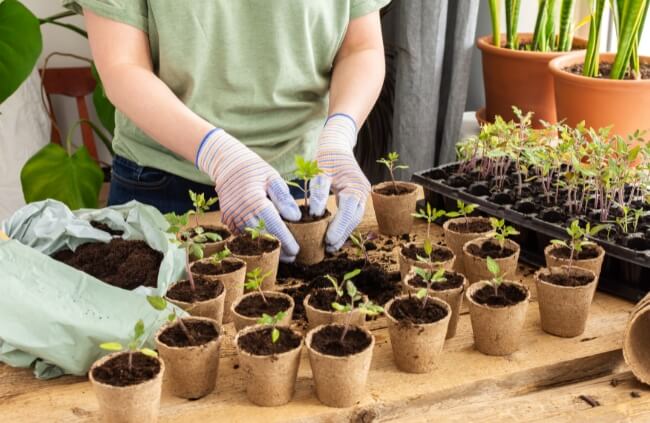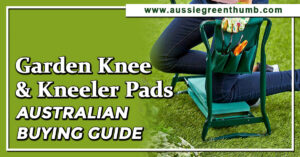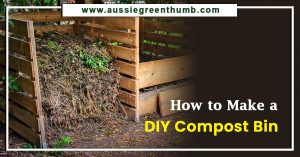Probably the easiest way to explain transplant shock is to compare it with travelling to another country where the culture is completely different to your own. Once the tarmac is under your feet you begin to become aware of different sounds and smells.
People’s appearance and the way they look at you is instantly uncomfortable and before you know it, you’re swept up in a culture that’s robbed you of everything familiar.
More...
Now, imagine a seedling that’s been germinated in a tube of seed-raising mix. For weeks that little seed has been working its heart out offering a few leaves above the soil’s surface and developing roots below it. It hasn’t known anything else.
Then, all of a sudden, this little seedling is ripped out of its comfort zone and plopped into a garden bed. The bright light of day drenches its leaves and the familiarity of the greenhouse, or cold frame, seems like a lifetime away. Before you know it your seedling has begun to experience “Transplant Shock”.
What Is Transplant Shock?

Most horticulturalists refer to transplant shock as “environmental stress” – just another way of saying that the seedling, or new plant, is completely uncomfortable with its surroundings. Within hours of being transplanted the plant will begin to show signs of trauma. Its leaves may droop and it gives the gardener the impression that it’s about to die.
Unattended, this initial shock may actually kill the plant and become fodder for all the scavenging pests within your garden. Even if it doesn’t die initially, its poor health signals to your garden pests that perhaps a meal is on its way.
How to Stop Transplant Shock
Technically you can’t STOP it as it’s always going to happen. But, you can relieve the symptoms and aid the plant or seedling to make a quick recovery. The best way to do this is to feed it with a liquid fertiliser once your plant has been groomed into position.
Even a dose of blood ‘n bone (bone meal) around the base of the plant will help counteract transplant shock. Plus, acknowledging that your plant will struggle for the next day or two may prompt you to consider protecting it from the harsh elements and the ravaging pests.
Covering them with a garden cloche is one option while protecting them with a barrier of some description is another. Your new plant will only suffer from transplant shock for 24-48 hours so once they’re back on their feet and comfortable, they’ll continue to grow and produce successfully.
Published on June 7, 2023 by Nathan Schwartz
Last Updated on September 20, 2023




